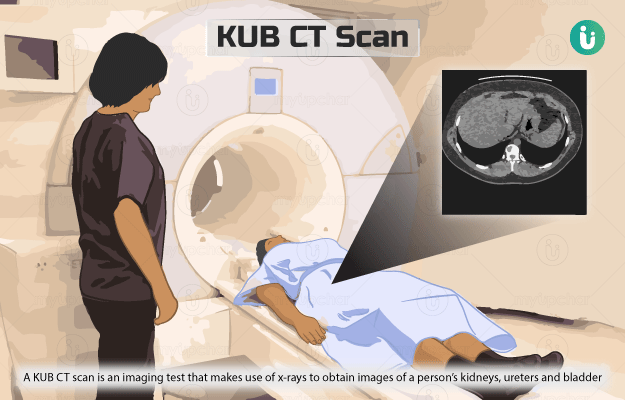What is the Acid Fast Stain test?
Acid-fast staining is a rapid and inexpensive staining method that is mainly used to detect Mycobacteria - a bacteria that causes several diseases in humans, including tuberculosis, leprosy and infections of the respiratory tract. The bacteria can be seen in a sputum (coughed-up mucus) or tissue sample.
However, because they have a strong cell wall (outer covering of the bacterial cell), mycobacteria do not take up the usual stains that are used to see other bacteria. An acid-fast stain, on the other hand, can penetrate the mycobacterial wall and sticks to the bacterial cells, making it easier to see them under a microscope.
The primary stain used in the acid-fast staining procedure stains all types of cells - acid-fast and non-acid fast. To differentiate acid-fast bacteria from other bacteria, the lab technician will use a decolourising acid-alcohol solution, which will only remove the original stain from the non-acid fast bacteria. Mycobacteria retain the stain even after decolourising treatment, thus the name acid-fast bacilli.
Some other acid-fast bacteria include Rhodococcus, Nocardia, Legionella, Cyclospora and Isospora. Once the presence of the bacteria is confirmed in a sample, doctors order further tests to identify the type of Mycobacteria. The result will then help healthcare practitioners to prescribe the appropriate treatment.
The three stains commonly used to detect acid-fast bacteria include:
- Ziehl-Neelsen (ZN) stain: In this technique, the primary stain is carbol fuschin. It is a red coloured dye that enters the bacteria on being heated. After decolourising, the sample is stained with methylene blue. Therefore, Mycobacteria appear as red-coloured rods amongst the blue non-acid fast bacteria. Ziehl-Neelsen stain can be used to stain sputum or lung tissue. It also aids in staining pleura (the outer membrane covering the lungs) and lymph nodes.
- Kinyoun stain: It is a modified form of ZN stain. Also referred to as cold stain, this procedure uses a higher concentration of stains than ZN stain and does not include heating the sample.
- Auramine rhodamine stain: In this technique, the primary stain is rhodamine auramine. Auramine and rhodamine are both fluorescent dyes that specifically bind with the cell wall of acid-fast bacteria and make them appear as bright yellow or orange fluorescent rods under ultraviolet light. The non-acid fast bacilli lose the stain after decolourising and are stained with non-fluorescent potassium permanganate. They don’t show up under the microscope in the dark. Unlike the ZN stain, this procedure does not involve heating.
Mycobacteria stained using the ZN stain are best be viewed under high power lens (x800-1000), whereas the mycobacteria stained with auramine rhodamine stain can be viewed under a microscope at low power (x450-500) as they appear fluorescent. In addition, auramine rhodamine stain has better sensitivity than ZN stains and can be done faster due to the lower magnification needed for the study.
The duration of viewing is 20 minutes for ZN stained smears, whereas it is half the time in the case of auramine rhodamine stained smears. Fluorescent stains are less specific than ZN stains; therefore, if an auramine rhodamine stain shows scanty acid-fast bacilli, the results should be reconfirmed using ZN staining method.

































